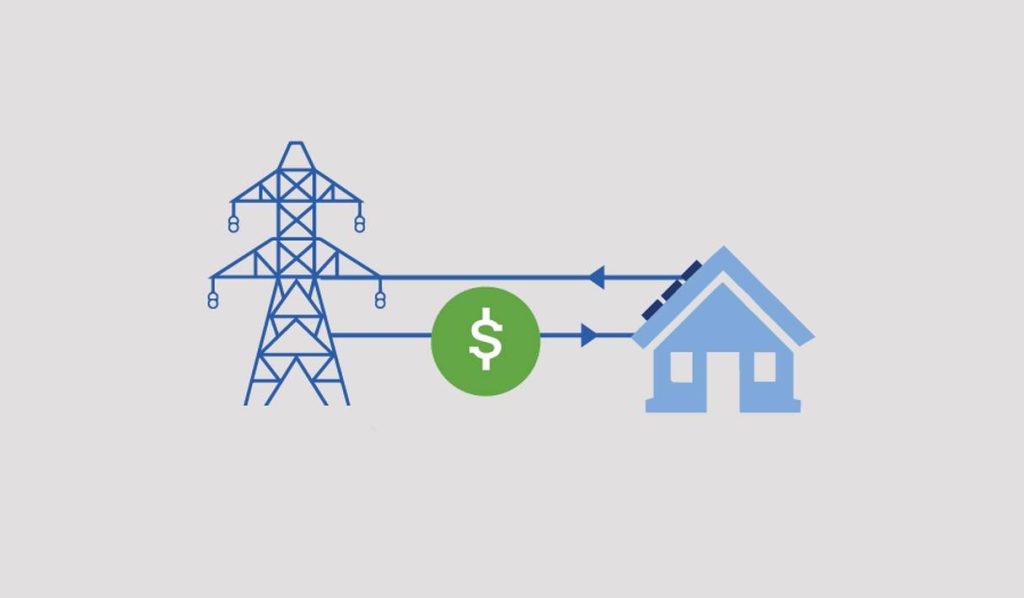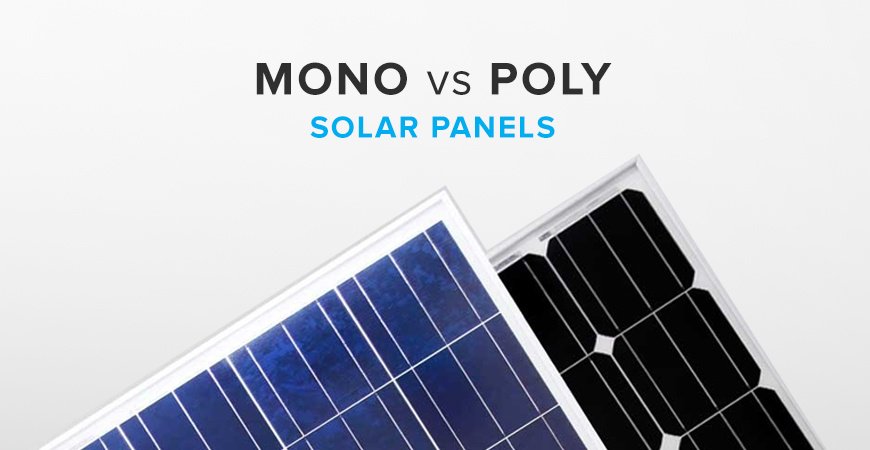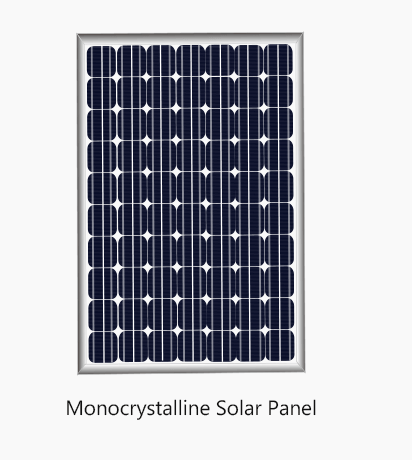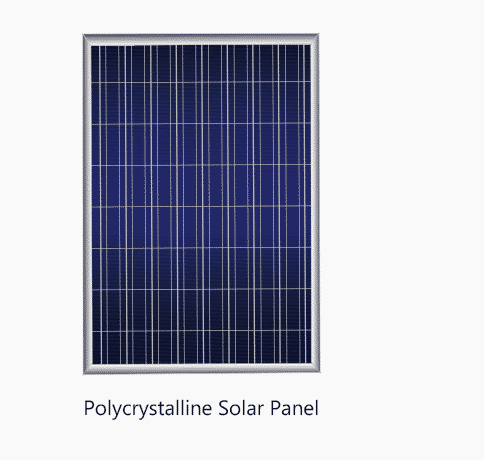
The global community is increasingly adopting renewable energy sources like solar to curb hazardous gas emissions. Solar energy stands out […]

So you’re thinking of adopting a solar solution and are wondering which type of solar system is right for you?
That is a great decision – solar energy is a smart investment for your home and the environment. The two most common types of panels are monocrystalline and polycrystalline.
While both will get the job done, there are notable differences to consider before making a choice, depending on your needs and budget.
Also read; Do Solar Panels Work on Cloudy Days?
Monocrystalline panels are the most efficient, so you’ll need fewer items to power your home, however they tend to cost more.
Solar Power Made Affordable: Government Rebates, Zero Upfront Fees. Embrace a brighter future with solar power.
Polycrystalline panels are a bit cheaper, although they are slightly less efficient. They work great for most homes and the difference in performance is often negligible. At the end of the day, either option will ensure a significant reduction of your electric bill and your carbon footprint.
The choice eventually comes down to how much space you have and how much money you are willing to spend. Ready to go solar? We’ll give you all the details to help you pick the best panels for your place.

Monocrystalline solar panels are made from high-purity silicon that is molded into bars to form a uniform crystal structure. This highly efficient design means each panel can convert a higher percentage of the sun’s energy into electricity. The downside? They tend to cost a bit more.
If maximum efficiency and performance are your top priorities for a solar power system, monocrystalline panels are probably your best choice.
Their higher silicon purity and uniform crystal structure mean they can achieve efficiency rates of up to 22% or more, producing more kilowatt-hours of electricity from the same panel surface area.
However, the higher quality silicon cells and the complex manufacturing processes are achieved at a cost.
Monocrystalline panels are generally the most expensive option, often 20-30% more expensive than polycrystalline panels. The good news is that as technology improves, costs for these premium panels are expected to reduce.
Many homeowners and businesses choose monocrystalline panels when their main target is high performance and long-term reliability and when budget is less of a concern.
If you have limited space for installing the panels, their higher efficiency can ensure a higher amount of energy. Performance and quality also mean a longer lifespan, often 25-30 years.

Polycrystalline solar panels are the more affordable option if you’re on a budget. They’re made of silicon fragments melted together, so they’re not quite as efficient as monocrystalline panels.
However they can still produce plenty of energy for most homes and the lower cost may make the installation more worthwhile.
Poly panels typically convert 15-20% of the sunlight they receive into electricity, while mono panels are usually 16-22% efficient. So with the same number of panels, poly panels may generate a bit less power.
However, poly panels are often larger in size, so if you have the space, you can install more panels to make up for the difference.
The fragmented silicon in poly panels causes some light to reflect off the surface, reducing absorption.
They’re also more susceptible to light-induced degradation over the years, which causes them to lose efficiency at a faster rate.
However, most poly panels are guaranteed with 25-year performance warranties and will continue producing energy for decades.
If budget is a primary concern, then a polycrystalline solar solution is probably your best option.
You’ll still get plenty of clean energy and achieve savings, just at a lower overall cost. And as technology improves, the efficiency and longevity gap between poly and mono panels is expected to shrink.
When deciding between monocrystalline and polycrystalline solar panels, a few other factors are worth considering before you make your final choice.
If appearance is important for your installation, it is worth noting that monocrystalline panels tend to look more high-tech and uniform since the cells are all the same size and shape.
Polycrystalline panels have a speckled blue appearance due to the random orientation of the silicon crystals.
However for some homeowners, this mosaic-like look is appealing and gives more character. It comes down to your personal preference in terms of aesthetics.
The temperature coefficient refers to how much a panel’s energy output decreases as the temperature rises.
Monocrystalline solar panels typically have a lower temperature coefficient, meaning their performance is less affected by heat. If you live in a warm climate, monocrystalline panels may produce 5-10% more energy due to their superior heat tolerance.
In cooler areas, on the other hand, the temperature coefficient is less of a factor in the decision.
So which type of solar panel is right for you? It depends on your needs, priorities, and budget. Here are some factors to consider:
If upfront cost is a concern, polycrystalline panels are typically a bit cheaper. The manufacturing process is simpler, so companies can produce them more efficiently and cheaply and can effectively pass on the savings.
Monocrystalline panels tend to cost a little bit more, though prices have dropped significantly in recent years. Either option will still help you save money in the long run compared to utility bills.
If you have limited space for your solar array, monocrystalline panels generally make more sense. They are more efficient, so you’ll need fewer panels to produce the same amount of electricity.
This means you can fit more power production into a smaller area. Polycrystalline panels are slightly larger in size for the same power output.
In general, monocrystalline solar panels tend to have a longer lifespan. Their silicon cells are higher quality, so they degrade at a slower rate over the years. You can expect monocrystalline panels to produce at 90% of their original efficiency rating after 25-30 years.
Polycrystalline panels may drop to 80% of original efficiency over the same time period. If longevity and long-term performance are the most important options, a monocrystalline solution is probably your best choice.
If looks are important for your installation, you may prefer the uniform, smooth appearance of monocrystalline solar panels.
Their cells all have the same dark color and size, giving them a sleek high-tech look. In contrast, polycrystalline panels have a speckled blue color from the various silicon fragments, and their cells are less uniform in shape and size.
Also read: Solar power calculator
For some people, this appearance may seem less visually appealing, however, it’s directly dependent on your personal tastes!
Solar Solutions at Zero Cost: Government Rebated Installations! Invest in Sunshine with No Upfront Costs.
So there you have it, the key differences between monocrystalline and polycrystalline solar panels.
Both types can provide you with the renewable energy you need for your home, and the choice it really comes down to your priorities and budget.
If efficiency and space are most important, monocrystalline panels may be your best option. If you want to save some money upfront and don’t mind a slightly larger system, polycrystalline panels could work great.
At the end of the day, any solar panel you choose will reduce your environmental footprint and move us all toward a greener future.
The solar panel world is your oyster, so take your time, understand your needs, and choose what’s right for you. The sun is shining and the savings are waiting!
